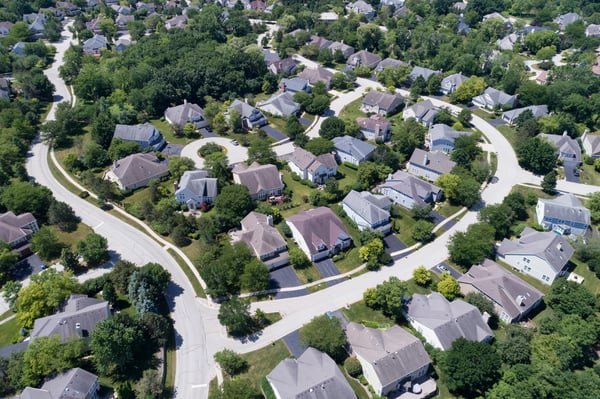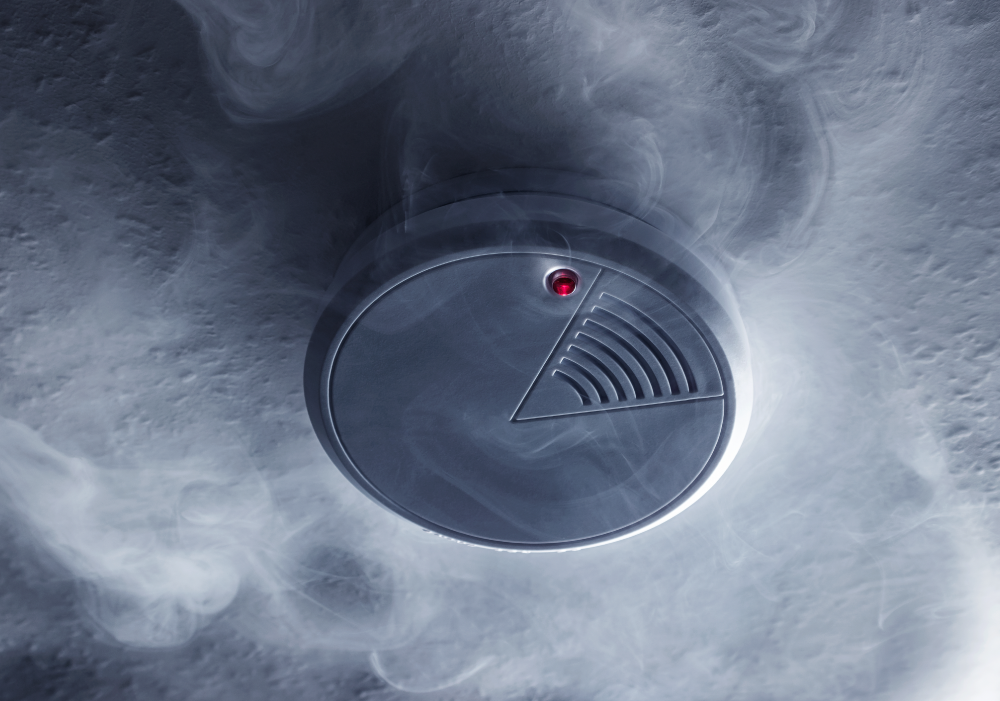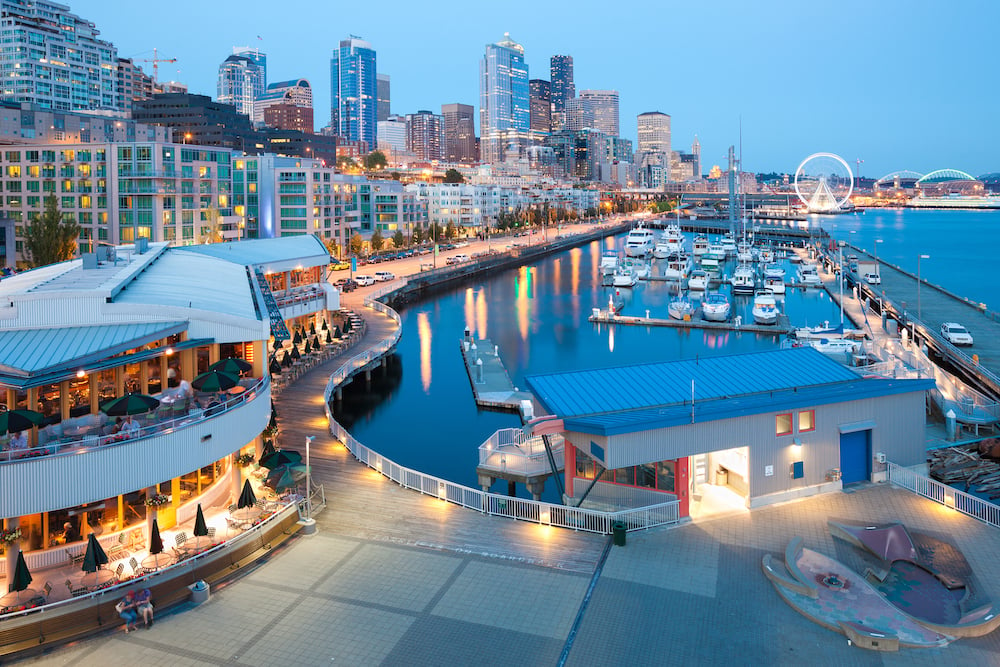Part of our series "The Basics of Protection Class."
WSRB answers many questions about protection classes (PCs) for properties in Washington state. Over the years, we’ve found that some people are surprised to learn that not every property has the same PC as its community. Instead, PCs are assigned to individual properties. We want everyone to understand how PCs work; this blog post explains the process.
First, we evaluate each community to determine its PC and use that as a starting point to determine the PC for each property within that community. We then provide that data to insurers to help them accurately price policies.
There are two key points to understand about PCs:
- A community’s PC is the best PC an individual property within that community can have. For example, a property in a PC 4 community can only have a PC 4 or worse (PC 5 to PC 10).
- A property’s PC is just one factor insurers use to price one part of a policy: fire coverage. Many other factors unrelated to a PC influence a policy’s premium.
 Buildings in a community don't necessarily have the
Buildings in a community don't necessarily have the
protection class of that community.
Related:
How Do I Find a Protection Class?
How a PC for a property is determined
A structure’s PC is determined by three factors:
- The community’s PC.
- Distance to a responding fire station.
- Distance to a standard fire hydrant.
The community’s PC rating will apply to dwelling and commercial buildings located in that community that have standard fire hydrant distribution and water supply and are within five road miles of a recognized responding fire station.
That’s a lot of information packed into one sentence, so let’s break it down a little.
A fire hydrant has to meet water flow capacity and design requirements to be considered standard, and a fire station must meet staffing and equipment requirements to be recognized. For areas without fire hydrants, we look at other ways the community supplies firefighters with water, known as water tender operations.
 These homes could have different protection classes,
These homes could have different protection classes,
depending on three key factors.
Related:
The WSRB Guide to Community Ratings
A responding fire station is one that will respond to a fire at the property in question. Fire departments have boundaries, and it’s possible for a property across the street from a fire station to be outside the response area of that station. Fire departments often have automatic aid agreements, meaning one department will respond to fires in another nearby jurisdiction. These agreements aren’t always in place, though, and must be accounted for when assigning a property’s PC.
For the distance from a property to a standard fire hydrant, we measure it as a radius over land. For the distance to a fire station, we measure over roadways that firefighting vehicles travel, and we include driveways. Some properties, especially in rural areas, are large, and the structure is set back from the road. Because the PC rating is for the structure, we measure road miles from the fire station to the structure, not the property’s edge.
For buildings not meeting the distance-related criteria, the PC will be higher than the community’s. There are many potential combinations of the three factors, so a building’s PC can be very different from the community’s. It’s actually possible for a structure located in a community with a PC of 1 to have a PC of 10, though that’s not common.
How to find a building’s PC
To find the PC for a structure in Washington state, there’s no need to remember all the rules we just described or take any measurements. WSRB tracks all of these factors and more to provide you with a PC. To find the PC for a structure, log in to our website, click on Protection/BCEGS® and enter the address.
For detailed instructions on how to use Protection to find a PC for a specific address, visit our Help Center article on this topic. For answers to other questions about how to use Protection, click here.
You can also contact our Customer Service team at 206-217-0101, Monday through Friday, 7:30 a.m. to 4 p.m. Or, you can submit a support request by clicking here.











